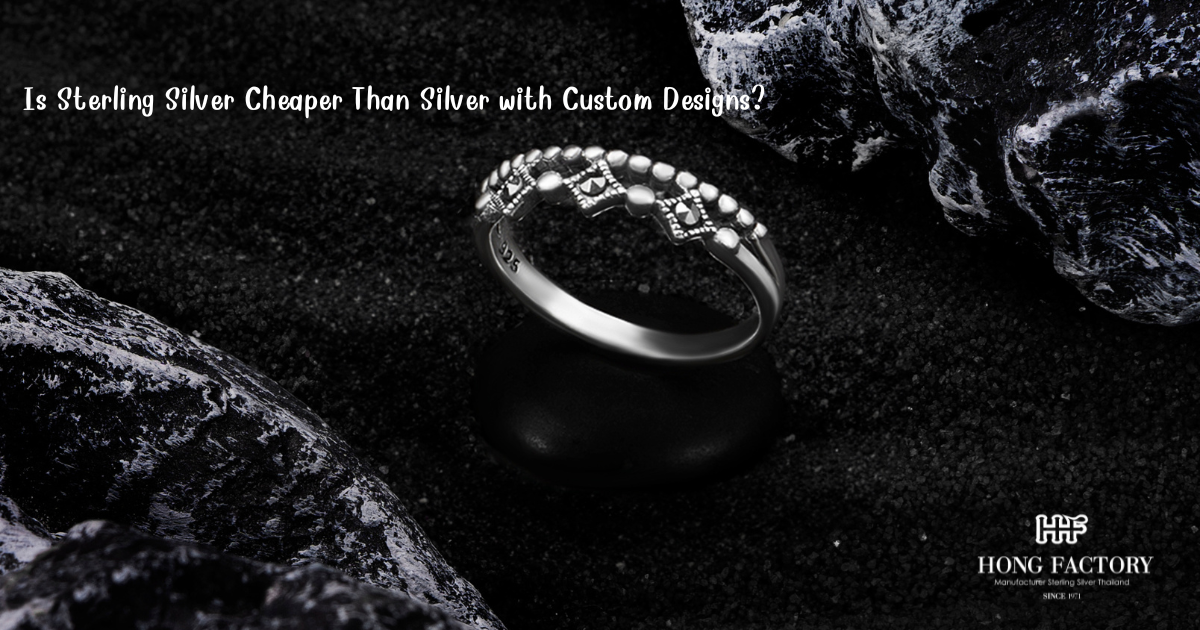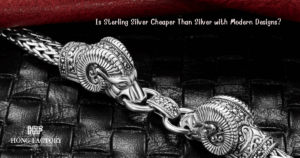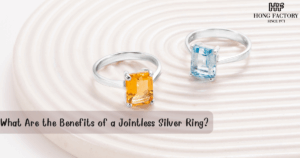Designing with silver has always been a blend of artistry and precision. In the world of custom-made jewelry, sculptures, or collectible pieces, the type of silver chosen sterling or pure can significantly influence both the cost and craftsmanship of the final creation. 925
While pure silver represents the highest level of purity, sterling silver offers durability and affordability that make it a favorite among jewelers and collectors alike. This article explores how these two materials compare in terms of price, practicality, and creative flexibility, especially when custom designs are involved.
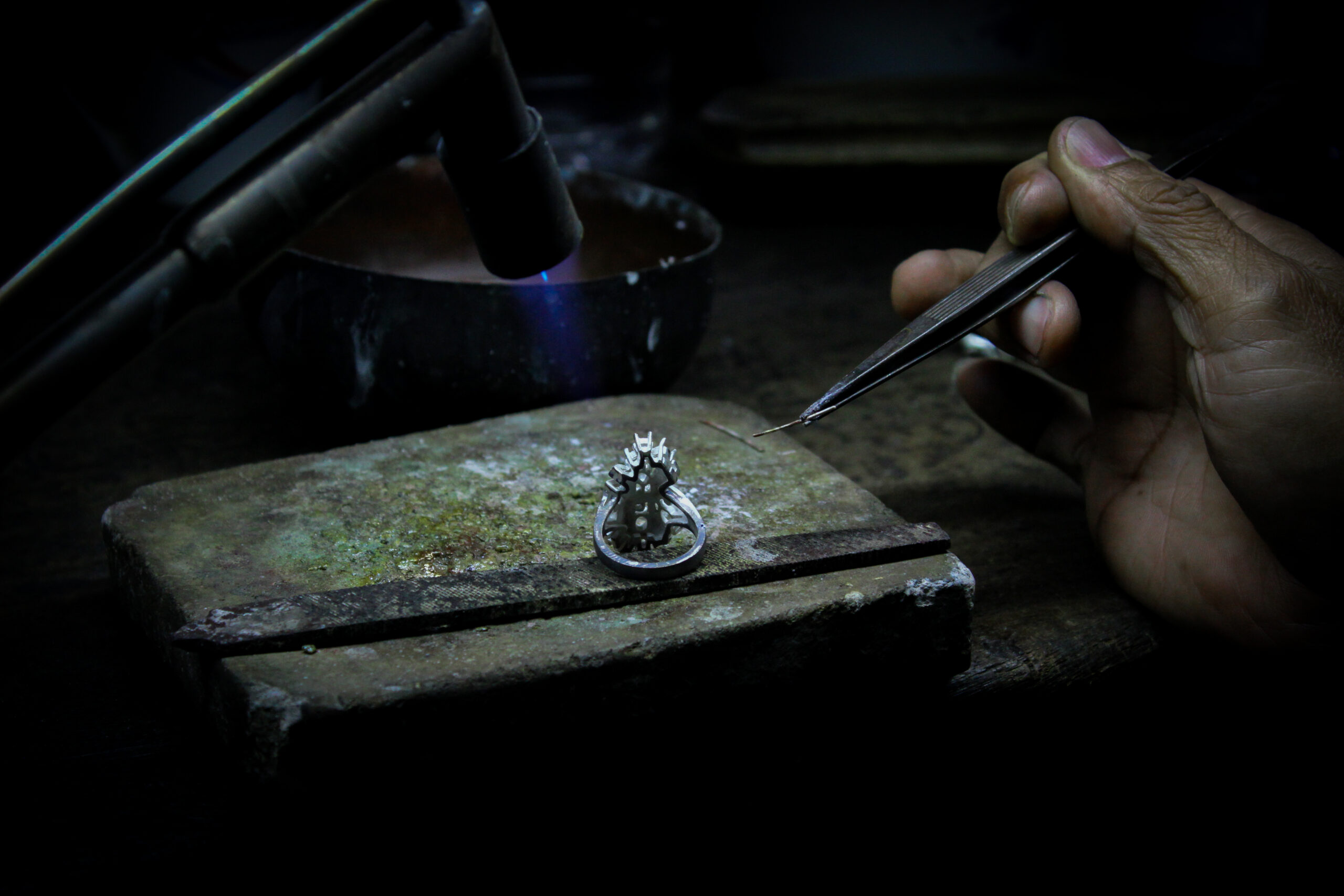
Understanding the Difference Between Sterling Silver and Pure Silver
Before comparing costs for custom designs, it’s important to understand what separates sterling silver from pure silver. Pure silver, often marked as .999 silver, contains 99.9% silver and is extremely soft. Sterling silver, on the other hand, contains 92.5% silver mixed with 7.5% of other metals usually copper to strengthen the alloy.
This composition gives sterling silver a similar shine but much greater durability, which is essential when creating customized pieces that require shaping, setting, or engraving.
Pure silver’s softness makes it less practical for intricate designs or jewelry that will be worn often. That’s why artisans and jewelry manufacturers generally prefer sterling silver for detailed, durable creations.
The Role of Custom Design in Silver Pricing
Custom-designed silver items whether coins, jewelry, or collectibles typically come with additional costs due to the craftsmanship and personalization involved. When you order a custom piece, you’re paying not just for the silver content but also for the artisan’s skill, labor, and time.
The price difference between sterling silver and pure silver in custom designs depends on several factors:
- Material cost: Pure silver has higher intrinsic value per gram.
- Workability: Sterling silver is easier to work with, reducing manufacturing time and loss.
- Durability: Custom pieces in sterling silver last longer and resist wear better.
- Finishing: Sterling silver can handle more complex finishes, engravings, or gemstone settings.
For many jewelers, sterling silver strikes the ideal balance between affordability, beauty, and practicality in the world of custom-made designs.
Is Sterling Silver Cheaper Than Silver with Custom Designs?
Yes when it comes to custom designs, sterling silver is generally cheaper than pure silver. The difference is not just in the raw material cost but also in production efficiency. Since sterling silver is harder and easier to shape without deformation, it requires less time, fewer corrections, and less silver wastage during the creation process.
For example, when designing a custom ring or pendant, a jeweler can more easily cast and polish sterling silver without compromising detail. In contrast, pure silver can bend, dent, or lose definition during production, resulting in extra material use and labor both of which drive up costs.
Moreover, sterling silver’s lower purity means it naturally contains less pure silver, reducing the base material expense. So, even before design and labor are added, sterling silver pieces start from a lower cost point.
In custom work, where every curve and engraving adds hours of craftsmanship, using sterling silver allows both the creator and the buyer to achieve a luxurious appearance at a fraction of the price of fine silver.

Why Sterling Silver Is Preferred for Custom Jewelry and Art Pieces
Sterling silver is beloved by designers because it offers strength, luster, and versatility. It can be molded into intricate shapes, set with gemstones, or polished to a mirror finish without the fragility of pure silver. Here’s why it’s the top choice for many artisans:
- Durability: The added metals make sterling silver strong enough to hold stones and resist everyday wear.
- Affordability: It allows customers to enjoy custom-made luxury without the high cost of fine silver.
- Versatility: Suitable for rings, bracelets, pendants, or even detailed engravings and sculptures.
- Maintenance: It tarnishes more slowly and can be easily restored with simple cleaning.
For designers who focus on creativity and detail, sterling silver offers a reliable material that keeps its beauty and form over time.
Comparing Aesthetic and Value Factors
From a visual standpoint, both sterling silver and pure silver share a bright white shine that appeals to collectors and jewelry lovers alike. However, sterling silver’s slightly warmer tone often complements gemstones and intricate carvings better, while pure silver offers a cooler, whiter look.
When it comes to value, the distinction lies in purpose:
- Pure silver pieces are often valued for their metal content and investment potential.
- Sterling silver pieces gain value through artistry, craftsmanship, and emotional connection.
For example, a sterling silver custom bracelet with gemstone settings may cost less than a fine silver bar of the same weight, but its sentimental and artistic worth can far exceed its melt value.
The Balance Between Cost and Creativity
Custom designs thrive on creativity, and sterling silver gives artists more flexibility. Because it’s more affordable and less fragile, designers can experiment with complex shapes, mixed materials, or elaborate patterns without worrying about high production risks.
For collectors and consumers, this means access to unique, personalized designs without the steep prices associated with pure silver. The result is a product that feels premium but remains attainable.
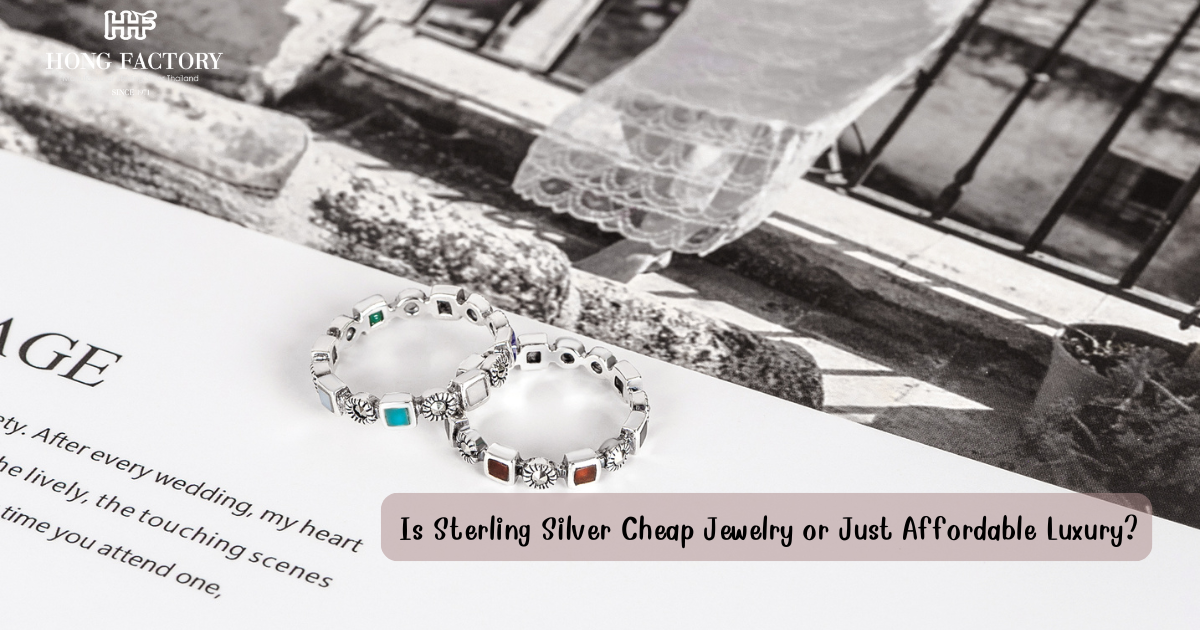
The Smarter Choice for Custom Designs
When deciding between sterling silver and pure silver for custom designs, the choice comes down to purpose and budget. If you’re creating an investment piece meant to reflect metal value alone, pure silver may be preferable. But if your goal is to craft something artistic, wearable, and enduring, sterling silver is the smarter, more economical option.
In essence, sterling silver is cheaper and more practical for custom designs, offering a perfect combination of quality, affordability, and creative freedom. It continues to be the go-to material for designers who value both elegance and efficiency in their craftsmanship.
